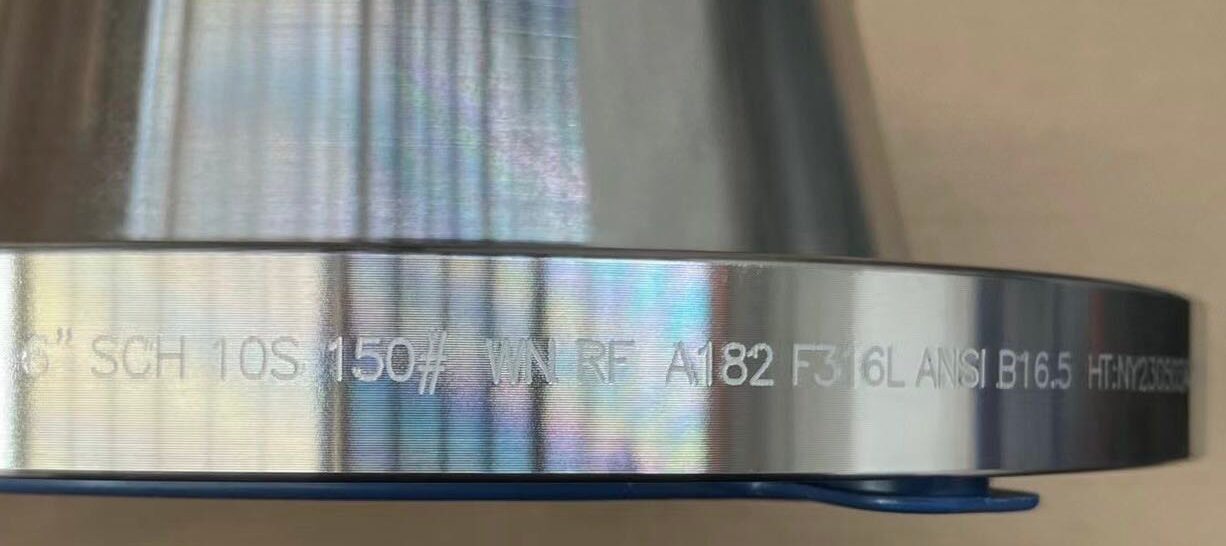Share this
These steps are crucial for ensuring the proper connection and performance of pipe fittings, air conditioning, heating, and other pipeline equipment. During the installation process, it is important to follow the specifications to enhance system stability and safety. Additionally, here are some suggestions and additional explanations to ensure a smoother flange installation:
1. Choose the right flange type: Different projects may require different types of flanges, such as welding flanges, threaded flanges, blind flanges, etc. Ensure that the selected flange meets the specific requirements of the project.
2. Accurate measurement and positioning: Before cutting the fittings and flanges with an electric saw, measure accurately to ensure their dimensions and positions are precise.
3. Prepare the pipe surface: Before installation, make sure the pipe surface is smooth and clean. Use appropriate tools to remove rust, dirt, etc., ensuring a secure weld or fastening.
4. Welding techniques: During the welding of flanges, ensure the use of an electric soldering iron at the appropriate temperature and welding technique to avoid overheating and welding slag issues.
5. Bolt hole welding: Ensure even distribution of welding material when welding the bolt holes of the flange to guarantee welding strength and stability.
6. Inspection and testing: After installation, conduct a thorough inspection to ensure a secure connection between the flange and fittings with no water leakage or seepage. Pressure testing can be performed to validate system stability.
7. Corrosion and moisture prevention: After installation, take appropriate measures for corrosion and moisture prevention to extend the service life of the flange and pipes.
8. Compliance with safety regulations: Throughout the entire installation process, always adhere to relevant safety regulations and operating procedures to ensure the safety of construction personnel.
These suggestions aim to help ensure the quality and safety of the flange installation process. Please carefully study and follow the relevant installation manuals and specifications before specific construction activities.

